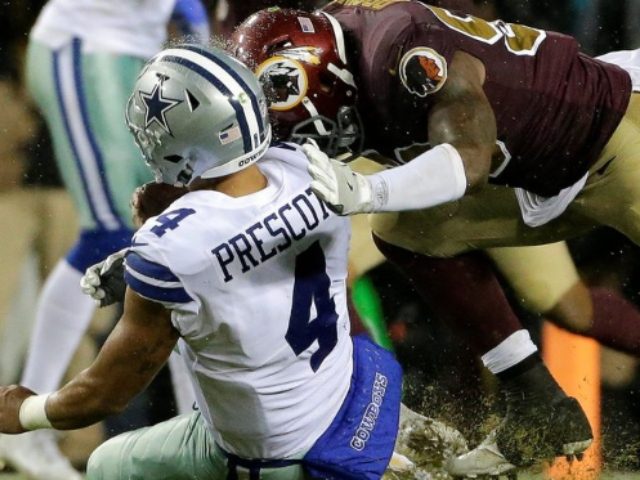Dec. 26 (UPI) — Nick Lowery says the movie Concussion accurately portrays brain injuries and the toll they take on players in the National Football League.
The former All-Pro kicker watched numerous friends and teammates debilitated by concussions, including friend Mike Webster, who was found to have Chronic Traumatic Encephalopathy and died at age 50.
Lowery also watched friends Junior Seau, Ken Stabler and Dave Duerson die with CTE. Now he’s working to save lives. A teammate with Webster for two seasons on the Kansas City Chiefs, he’s working with Kannalife Sciences to create an intercellular helmet. The company is also doing research to develop cannabinoid-based treatments for CTE. Cannabinoids are naturally occurring compounds found in cannabis.
“How can we allow this to happen? And it’s not because football is the worst sport. It’s the best sport … but the bottom line is how can we let this happen to future Mike Websters,” Lowery told UPI. “What can we do to make sure this doesn’t happen and preserve this game? Who are the stewards of the game if it’s not us?”
Kannalife Sciences has an exclusive patent for commercialization of CBD research for CTE. Lowery said he is hopeful the company is close to implementing products that will be measurable and reduce the time it takes to recover from concussions and the number of concussions.
The NFL reported a 13.5 percent increase in diagnosed concussions from 2016 to 2017. The league announced in October that concussions during the 2018 preseason were down 13 percent.
Several studies have been published regarding the hits that lead to brain injuries and possibly CTE, including a 2017 Boston University report which found 110 of 111 brains of former NFL players it examined had the degenerative disease linked to repeated blows to the head.
Inside the helmet
The NFL pledged $100 million in 2016 to support independent medical research and engineering advancements in neuroscience-related topics and has made nearly 50 rule changes since 2002 with the aim of player safety. The league devoted $60 million of its pledge toward technological research, including attempts to improve helmet safety and the other $40 million toward the funding of medical research on head injuries.
But Lowery said those figures should have been flipped.
“There should be an extra $20 million focused on this intercellular helmet,” he said. “If we do that, we will have tremendous impact to bring these products to the market more quickly.”
Dr. Erin Manning, a neurologist at Hospital for Special Surgery, said she believes the league’s changes are a step in the right direction.
“The biggest part of all of this is education and the fact that the athletes are more aware of the symptoms and what to expect,” she told UPI. “I think a lot of this depends on their reporting of the symptoms. If you can’t get the athletes to buy into all of it, then all of the awareness you can have is not going to be helpful.”
Manning said improved helmet safety can help, but is just one of several measures needed.
“If you have the right type of helmets, there are some that can probably be prevented,” Manning said. “But there are some that, even if you have the best helmet, it’s not going to prevent every concussion because some of them don’t even depend on a direct blow to the head. Like a blow to the neck or a secondary problem that involves transmission of the force to the brain. The helmet isn’t the only answer.”
A gridiron car crash
NFL collisions are similar to car crashes. Two fast-moving parties smashing together, smashing their pads and sometimes smacking heads that results in brain injuries. A 2014 study reported in the American Surgeon suggested that THC can protect neurons during traumatic brain injuries, like those caused by traffic accidents.


COMMENTS
Please let us know if you're having issues with commenting.